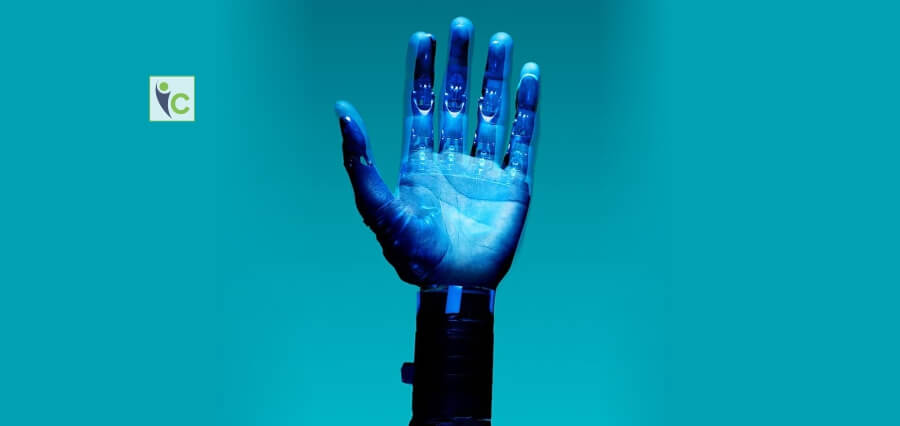With technological improvements happening each day, betterment can be seen in all sectors of life. Sectors like healthcare, telecommunication, medicine, engineering, etc. have seen various changes over the past few years. 3D printing is one of the technologies that have changed the state of various things. It has made it possible for people to print out spare parts of automobiles, mobile phones, televisions, etc.
3D printing being a relatively new concept, it is still seen amongst the promising technologies available. It has made entry into the prosthetics world too. 3d printed prosthetic designs are now easily available online. Anyone having a 3D printer and capability to create can easily print prosthetics at a low price.
The main advantage of 3D printed prosthetics is its cost-effectiveness. People spend huge amounts of money on traditional prosthetics. This can be avoided with 3D printing technology. The 3D printers are becoming compatible with materials other than plastic as well. Materials like lightweight titanium are being used to increase the strength and durability of the prosthetics. Oxford Performance Materials successfully implanted an FDA approved 3D printed PEEK skull.
3D Printed Prosthetics Best for Children
With age, kids also grow in height, weight, age, etc. Getting new prosthetics every year would become very expensive. 3D printed prostheses are a cost-effective way of keeping up with children as they grow. Even damages caused to it will not be considered as a big loss as the kids are expected to be playful and fool around. There are high chances that kids damage their prosthesis.
Successes of 3D Printed Prosthetics
According to a statement made by the American Orthotics and Prosthetics Association, the average prosthetic costs between $1500 to $8000. This expense is often paid out of pockets by many people rather than being covered by insurance. On the contrary, 3D printed prosthetic can cost as little as $50. The time consumed to make 3D prosthetic is very little. A limb can be made in a day. The consumers can also easily customize their purchase. This is an enticing factor for kids as they can choose the colour and style according to their own need.
Failures of 3D Printed Prosthetics
Though the products are cheap, customizable, and quick, they have many problems with durability. Every prosthetic product is not produced by professional prosthetists. These products are also not FDA tested and approved. These could be the reasons that products break far more than the traditional prosthetics.
3D prosthetics are created with thin layers of hot plastic which is very sensitive. If pulled in the wrong way, they can easily break. Volunteer printers are appointed for this type of printing. Even they take time to understand the proper way and temperature of the plastic. If the temperature is not regulated, the finished product can also have cracks.
Overcoming the Challenges
To overcome the shortcomings of plastic, a material called Filaflex was used to replace it. The cost of making prosthetics using this material is a bit higher than the regular plastic ones. However, this cost is still cheaper than the traditional prosthetic costs.
The traditional prosthetic designs have been mastered over the years and are difficult to replace overnight. This being said, 3D prosthetics are of service to many amputees who cannot afford to purchase professionally made prosthetics. With time, the materials used will be improved and refined. The market for 3D printed medical implants and devices is growing and will see in a surge in the coming years.
-Shreevarshita Gupta






